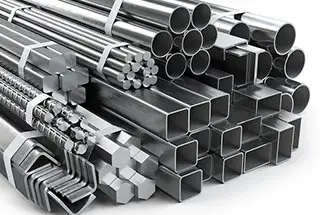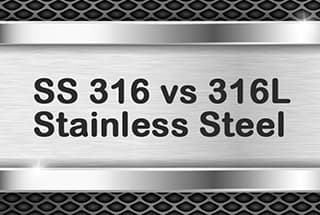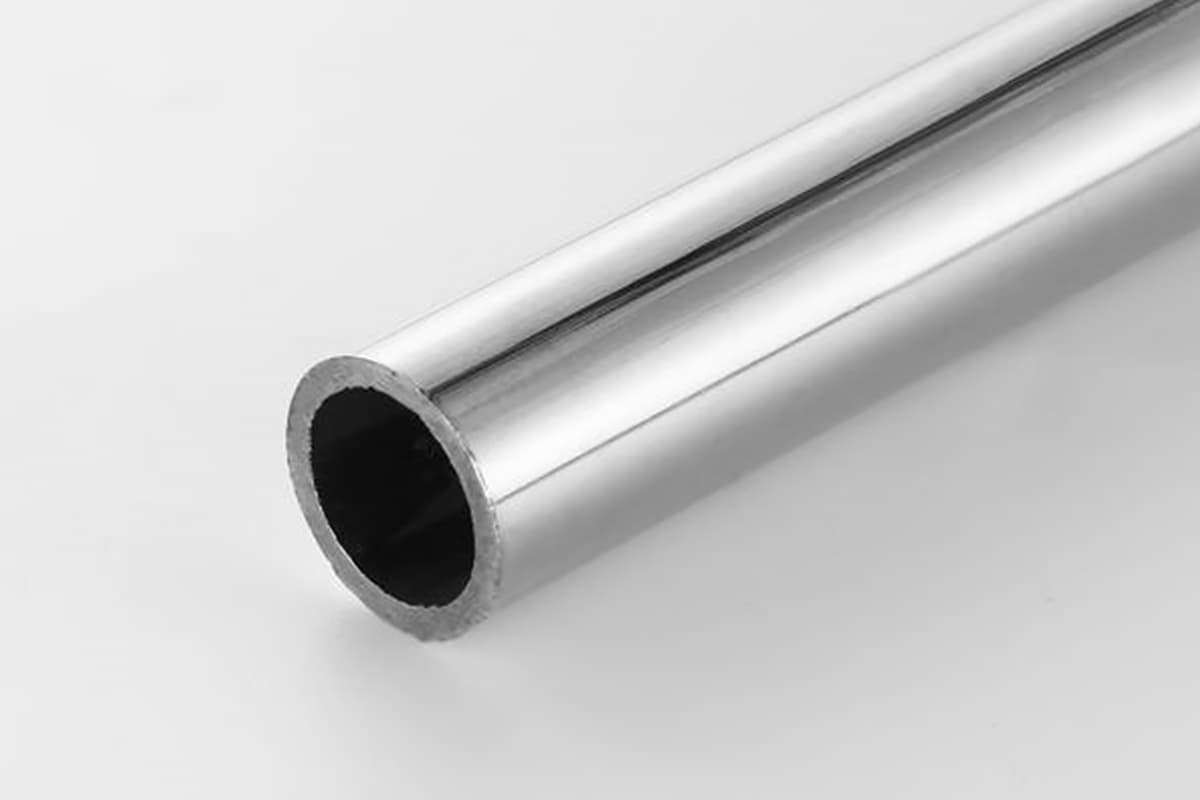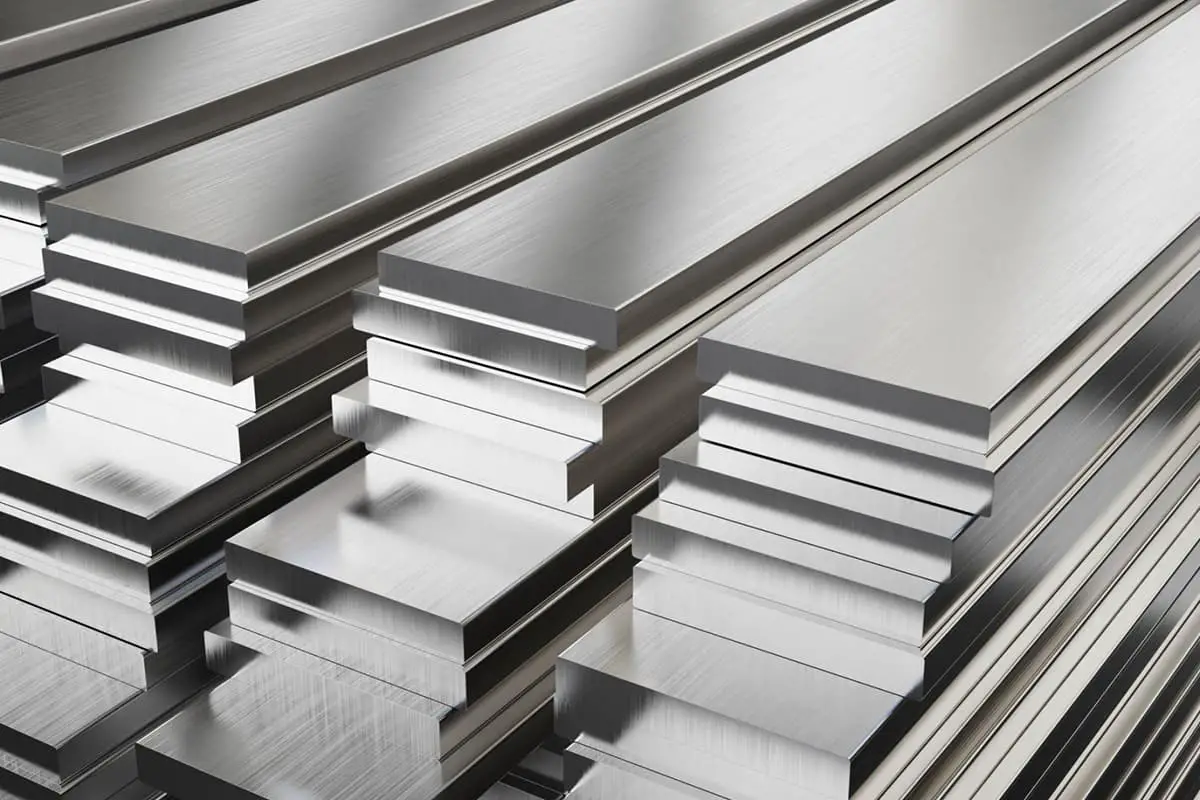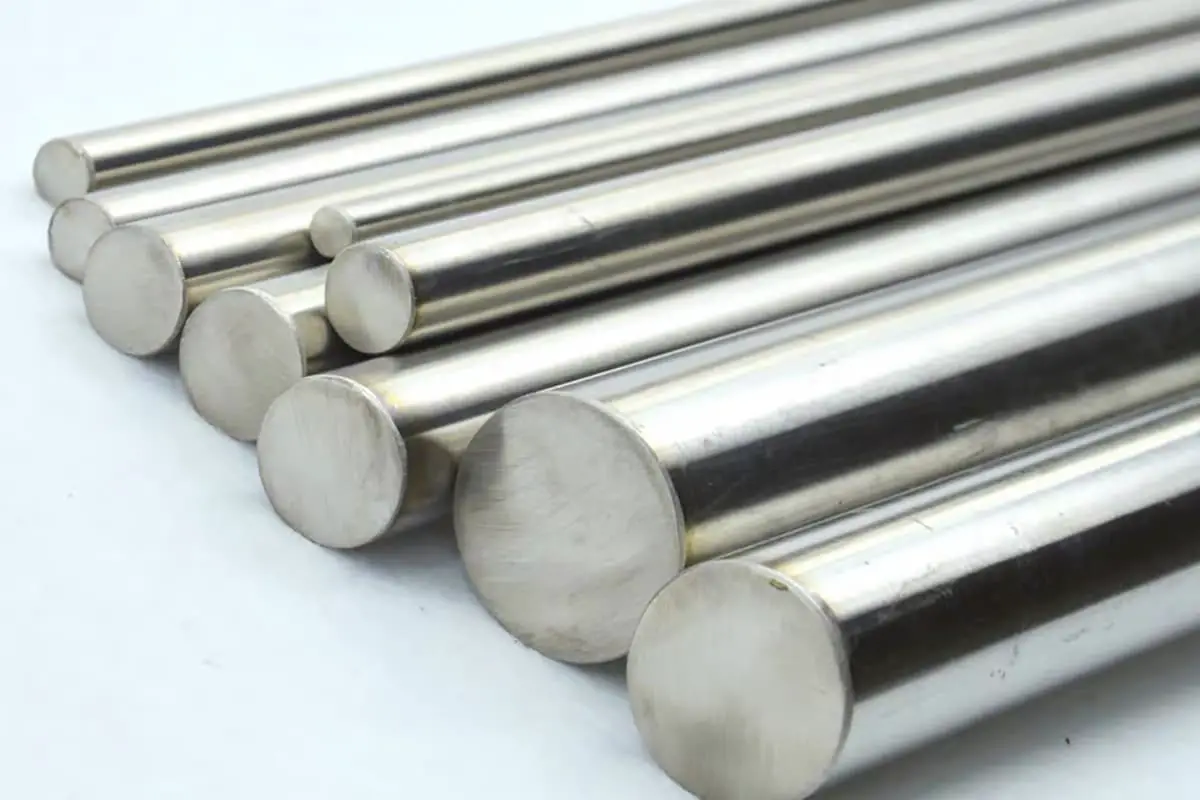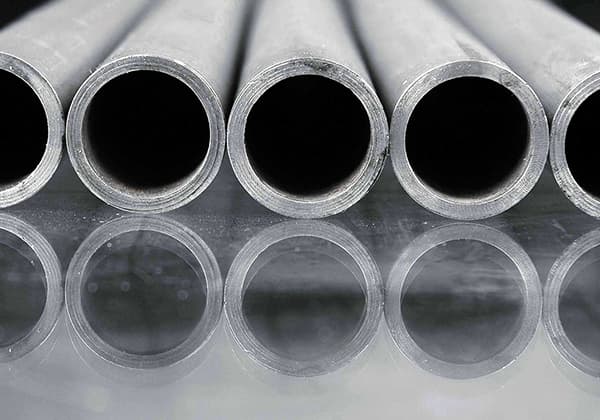
1. Chemical composition of 316L stainless steel 2. 316L stainless steel characteristics 316L stainless steel is widely used in the chemical industry due to its excellent corrosion resistance. 316L is also a steel grade of 18-8 austenitic stainless steel, with 2-3% Mo added. The Mo content of 316L makes the steel have excellent pitting resistance […]
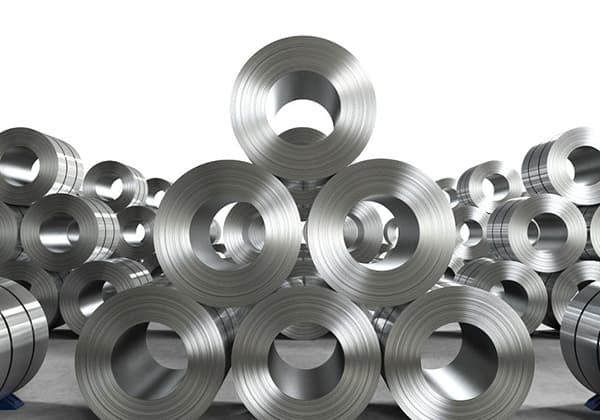
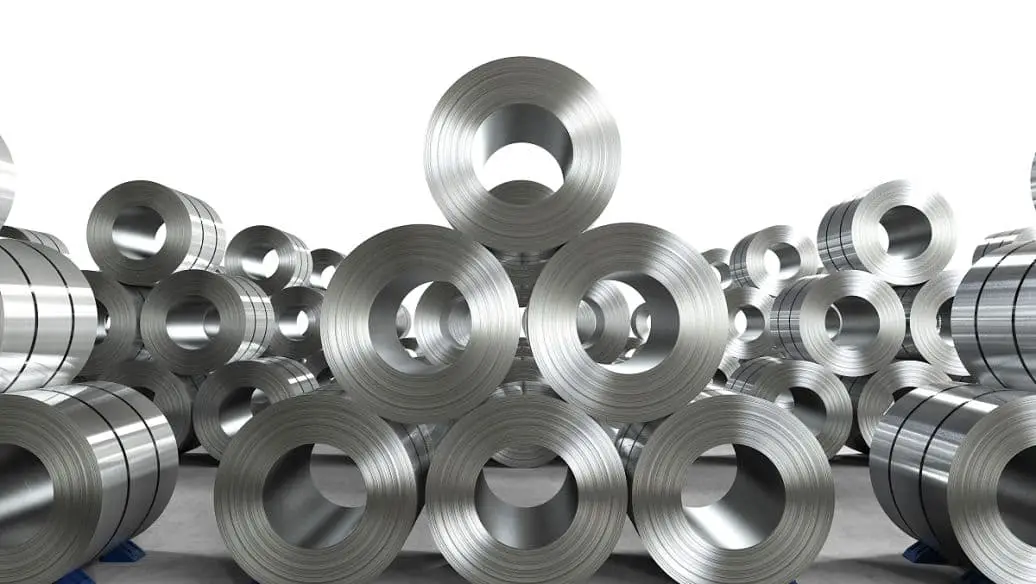
316L stainless steel is widely used in the chemical industry due to its excellent corrosion resistance.
316L is also a steel grade of 18-8 austenitic stainless steel, with 2-3% Mo added.
The Mo content of 316L makes the steel have excellent pitting resistance and can be safely used in environments containing Cl – and other halogen ions.
Equipment for pulp and paper making, heat exchanger, dyeing equipment, pipes, materials for building exterior in coastal areas, solenoid valve field, etc.
The pitting corrosion of stainless steel mostly occurs in the environment containing iodine, chlorine, Australia and other aqueous solutions.
The reason for pitting corrosion of stainless steel is that hydrogen ions are active anions, which are easy to be adsorbed, squeezing out oxygen atoms, reacting with cations in the passivation film to generate soluble chlorides, damaging the passivation film, forming holes, forming a pitting inducement stage, in which a blocking circuit is formed and current corrosion occurs.
1) Choose Yidang stainless steel material in the environment where pitting corrosion is known to occur.
Experiments show that stainless steel with higher molybdenum (Mo) or manganese (Mn) content has stronger resistance to pitting corrosion.
2) Control the pH, chloride concentration and temperature of the liquid in contact with stainless steel.
3) Cathodic protection, anodic protection or both
4) Try to use stainless steel with better quality, such as 316L, to improve the pitting resistance of stainless steel products.

